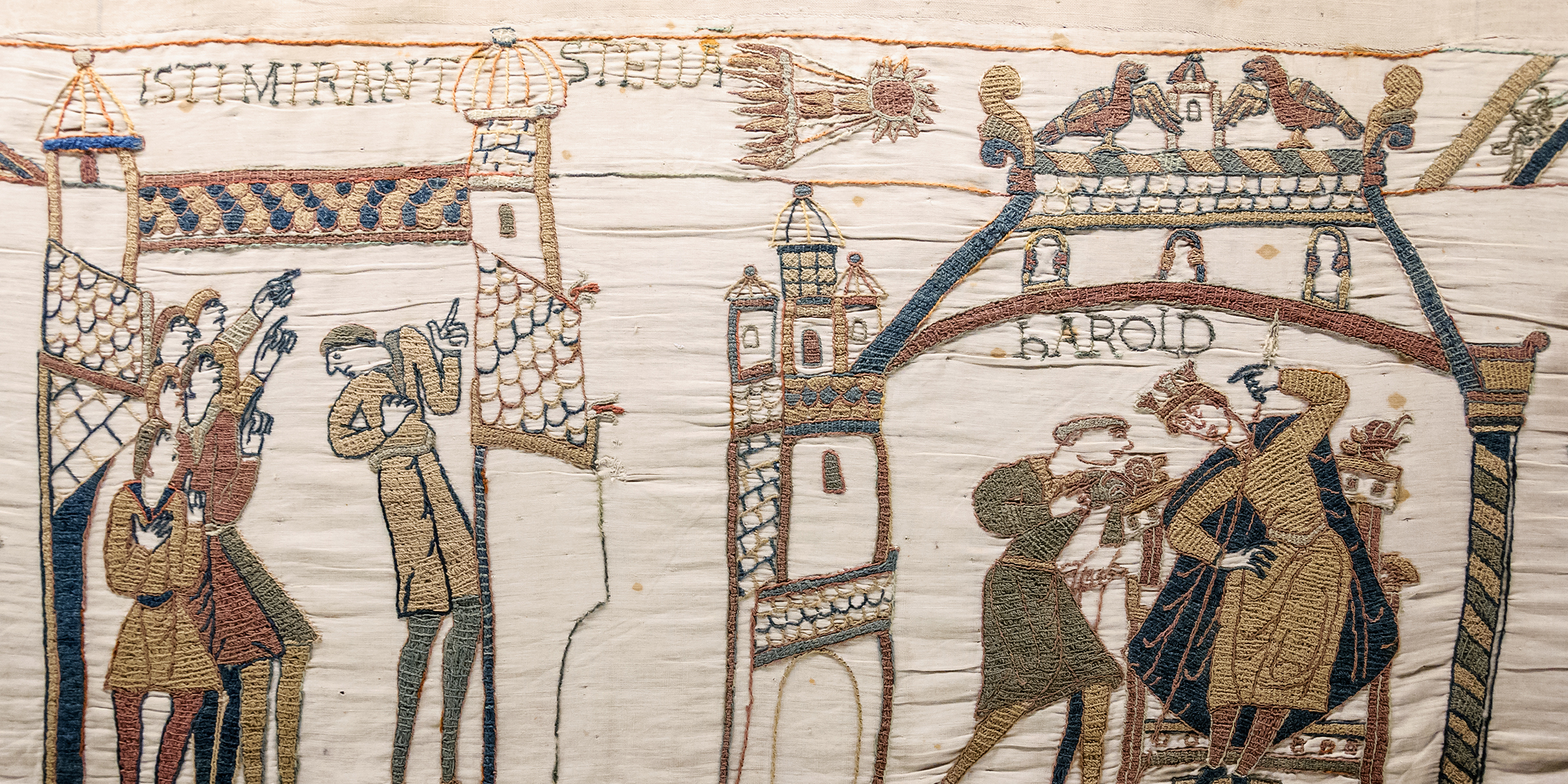I have heard it said that the art of observing the night sky is fifty percent vision and fifty percent imagination. Nothing illustrates the truth of the saying better than the colors of stars.
Astronomy
Night’s faintest lights
On the clearest, darkest nights thousands of stars are visible to the naked eye. In addition to stars, there are other wonders available to the careful observer who is far from city lights — star clusters, at least one galaxy, nebulas, the Milky Way, the zodiacal light. But even on the best of nights the typical urban or suburban observer sees only a few hundred stars, and none of the more elusive objects. We have abused the darkness. We have lost the faint lights.
What was Bethlehem’s star?
“Our stars come from Ireland,” says Wallace Stevens in the title of a poem. And if you watch the stars from night to night you will indeed see how they come up out of the Atlantic horizon like the running lights of emigrant ships, slung from tall masts and burning brightly.
Novas: Brilliant destroyers of life?
One Friday evening in August of 1975, while working late, I heard a radio report of a new star in the constellation Cygnus the Swan. I rushed outside, where it took but an instant to recognize the intruder.
Waiting for Halley’s
In 1948 Halley’s Comet turned the dark corner of its ellipse far out beyond the planet Neptune. Recorded only by the astronomers’ calculations, it leaned into its sunward curve, in the words of poet Ted Hughes, “like a skater on the thin ice of space.” Today it is gliding past the orbit of Saturn, gathering speed in its fall toward the sun.
Stellar shock-wave: Maker of stars
On the evening of November 11 in the year 1572, the Renaissance astronomer Tycho Brahe, as was his custom, contemplated the stars in the clear evening sky. Suddenly he noticed, almost directly over his head, a new star, surpassing in brilliance all the others.
Exploring the birthplace of the stars
Orion the Hunter, the Giant, the pursuer of the Pleiades, is a familiar figure in the night sky. Even the neophyte stargazer will recognize the three bright stars of Orion’s belt, and the triad of stars that are the sword dangling at his hip. If the night is clear you might notice that the middle star of the sword lacks the sharp definition of the other stars. Binoculars will show that the “star” is not a star at all, but a blur of greenish light. Observatory photographs record a swirling drapery of luminous gas.






